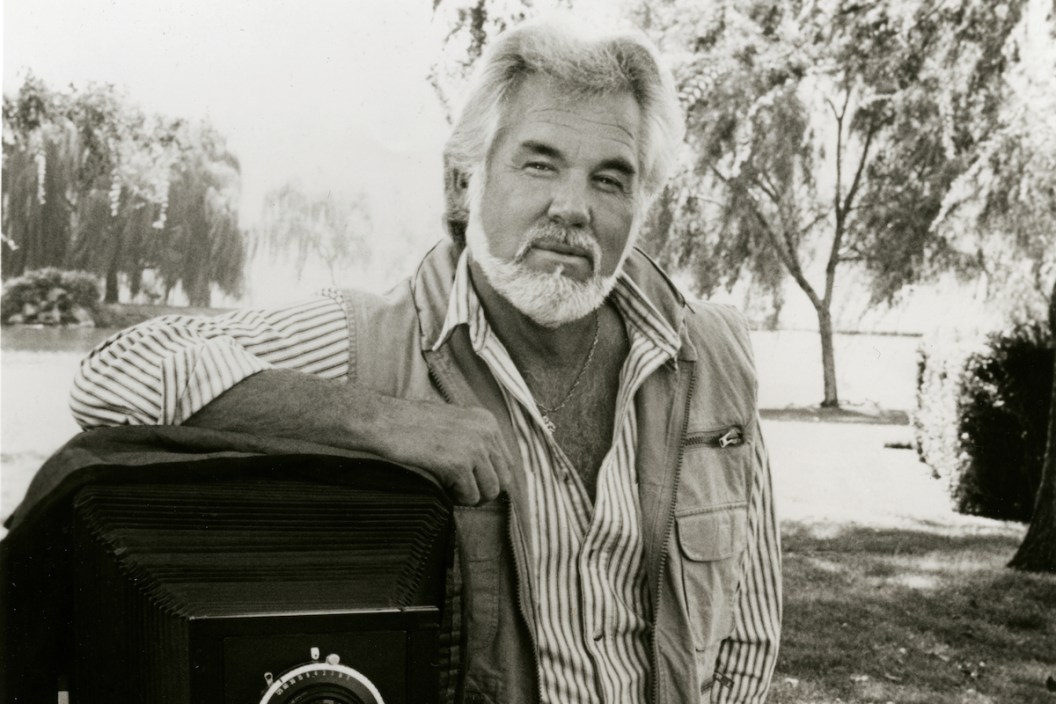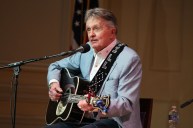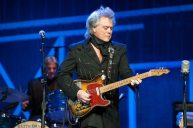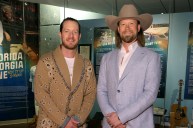Like most of us, country music great Kenny Rogers sought a healthy work/life balance. He achieved this by setting aside time on the road or amid recording sessions to pursue other passions, from his competitive streak as a tennis player and golfer to his eye for landscape design and his interest in photography.
The latter first got chronicled in the 1980s in a pair of photo books: Kenny Rogers' America (1986) and Your Friends and Mine (1987). A third and final collection, 2005's This is My Country, establishes Rogers as a talented photographer who turned his access to fellow celebrities and constant exposure to mesmerizing sights into storytelling mediums not unlike the beautiful lyrics he immortalized.
Rogers' skill as a landscape and portrait photographer got spotlighted again in 2014 as part of Country Music Hall of Fame and Museum programming that covered different aspects of his career. In Feb. 2022, Booth Western Art Museum, a Smithsonian affiliate in Cartersville, Ga., opened Through the Years: Kenny Rogers' Photographs of America, the first exhibit dedicated solely to the country singer's work from behind the camera. It runs through July 10.
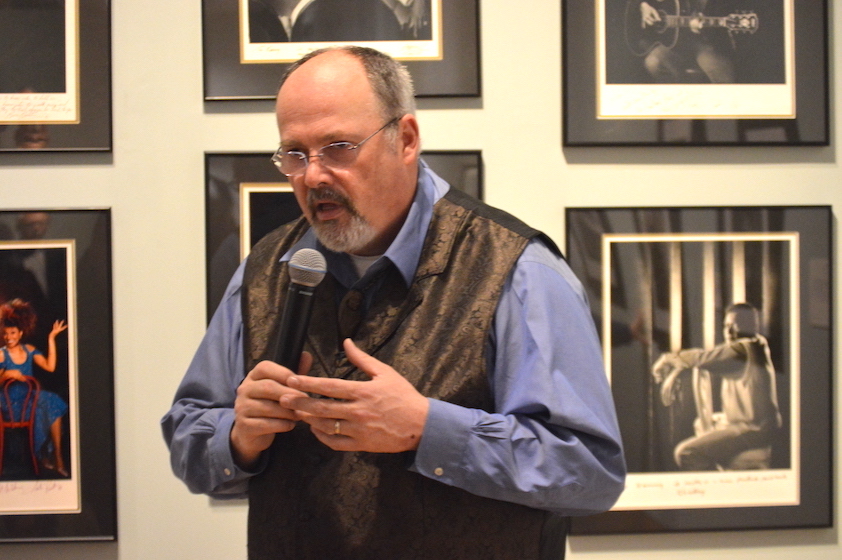
Executive Director Seth Hopkins leads a gallery walk at Booth Western Art Museum in Cartersville, Ga. on Feb. 26, 2022. (Bobby Moore)
Through the Years: Kenny Rogers' Photographs of America offers more than the novelty of a Rogers exhibit themed around something beyond "The Gambler" and other foundational country and pop hits. Instead, it proves that Rogers was a true multimedia artist.
"We were approached by the estate of Kenny Rogers about the possibility of doing a photography exhibition," Seth Hopkins, executive director of Booth Western Art Museum, told Wide Open Country. "Some mutual friends had put us together, and we decided that it sounded like a great idea to honor Kenny and one of the lesser-known facts about his life. He was very serious about his photography and was recognized as a truly great amateur photographer by many folks, including the Professional Photographers of America, who [in 2014] gave him an award for his lifetime achievement in photography."
In 2017, Rogers, a three-time Grammy award winner for his main creative outlet, received the International Photography Hall of Fame and Museum's Lifetime Achievement Award.
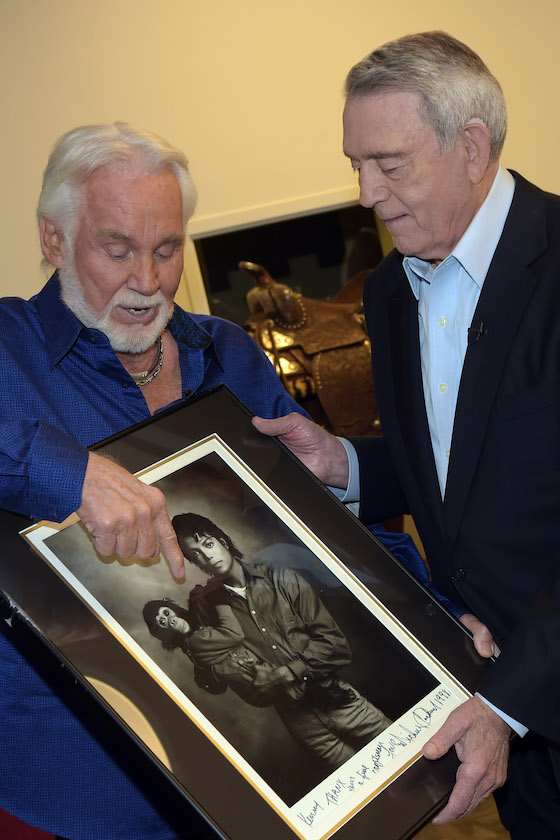
Dan Rather interviews Kenny Rogers for "The Big Interview With Dan Rather" at the Country Music Hall of Fame and Museum on July 31, 2014 in Nashville. (Photo by Rick Diamond/Getty Images for Dan Rather: The Big Interview)
The Booth exhibit displays about 60 Rogers originals, demonstrating his mastery of landscape photography (mostly with portraits of the American West) and portrait photography (through candid images of famous friends ranging from Mel and Pam Tillis to Michael Jackson).
"He was criss-crossing the country all the time on his tour dates," Hopkins explained. "He found himself in some interesting parts of the world and took some truly amazing shots of buildings and landscapes and people. And of course he had access to an incredible number of celebrities. He shot [his friends] regularly, and he often used photography to make new friends. Quite often if there was someone he wanted to meet, he would call them up and say, 'Hey, how about letting me shoot your photograph?' There's politicians, there's sports figures, there's people from other genres of music that he shot."
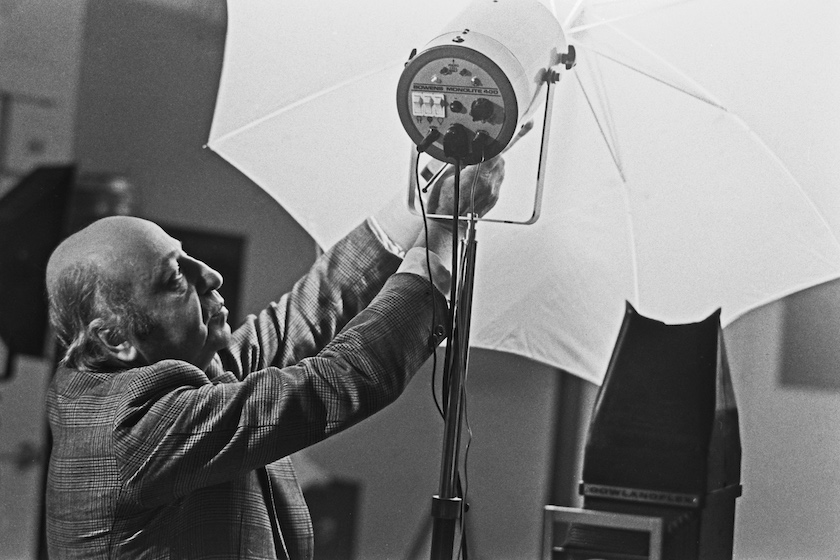
Armenian-Canadian photographer Yousuf Karsh (1908 - 2002), UK, 11th December 1973. (Photo by Evening Standard/Hulton Archive/Getty Images)
Rogers learned portrait photography from Yousuf Karsh, a legend whose works include one of the definitive images of Winston Churchill. Like his country-singing student, Karsh brought a reputation to shoots that likely eased the mind of his subjects.
"[Karsh] photographed a lot of well-known people: Andy Warhol, Ernest Hemingway, Martin Luther King Jr. From that you can start to derive this idea of the relationship between very well-known or famous sitters with what wound up being a very well-known photographer," said Shannon Randol, curator of The Baldwin Photographic Gallery at Middle Tennessee State University. "There's a certain level of respect that the two have for each other, whether or not they know one another. If I know my portrait is being made by somebody that's well respected in their field, my candor in front of the camera is likely to be different than if somebody just approaches me on the street and says, 'Hey, I'm a photographer. I want to make a photograph of you.' It's really a lot about the approach."
Indeed, Rogers' celebrity status in both Nashville and Hollywood was an invaluable icebreaker at shoots staged behind the scenes at awards shows or at his residences in Athens, Ga. and elsewhere.
"Kenny had an advantage on several levels," said Chad Cochran, the Ohio-based photographer and avid country and Americana fan known as Cowtownchad. "When taking portraits, trust leads to the comfort of the subject. I personally spend a good portion of a traditional photo shoot talking to the person or group I'm going to photograph, in order to gain trust and develop a relationship; he likely had those qualities already built in. Additionally, musicians likely felt more confident and trustworthy with someone who was relatable and understood the value in what a great image can convey."
Celebrities were sent two prints of their photographs: one to keep and the other to sign and mail back to Rogers. Resulting inscriptions on display at Booth range from an example of Dolly Parton's down-home charm ("Dear Kenny, may all your negatives be positive") to Dwight Yoakam's playful question about whether there's money to be made from a door-to-door portrait service.
Read More: Every Woman to Win the ACM Entertainer of the Year Award
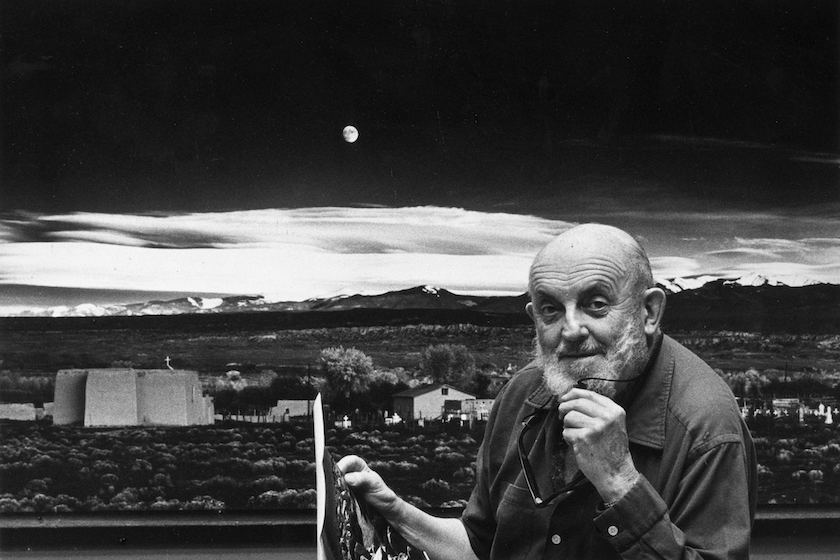
1974: Portrait of American photographer Ansel Adams (1902 - 1984) standing in front of his landscape photograph, 'Moonrise, Hernandez,' at his home in Carmel, California. He holds a photographic print in one hand, and his eyeglasses in the other. (Photo by Joe Munroe/Hulton Archive/Getty Images)
John Sexton, the final technical assistant of iconic landscape photographer Ansel Adams, taught Rogers about capturing America's backroads and big cities on film, as seen at Booth through photos ranging from an awe-inspiring shot of the Lincoln Memorial to equally gripping images that capture the majesty of nature.
"Our friendship grew out of a unique event," Sexton said during a Feb. 26 video presentation at Booth. "I was Kenny Rogers' Christmas gift in 1984. Actually, the gift was a private photography workshop for Kenny. The gift was from Kenny's wife at the time, [Marianne Gordon].
"I was a bit concerned about how serious [Rogers] was about his photography," Sexton continued. "My worries vanished following a phone call and Kenny sending me some of his photographic prints that he had made in his own dark room."
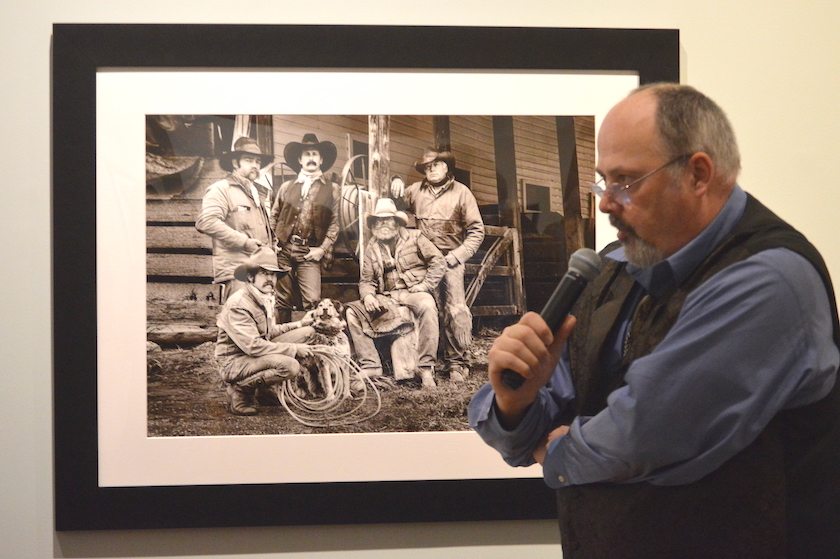
Seth Hopkins leads a gallery walk at Booth Western Art Museum in Cartersville, Ga. on Feb. 26, 2022. (Bobby Moore)
During a gallery walk on Feb. 26, Hopkins explained that Sexton often met Rogers at interesting locations during tours and spent pre-show hours with the country star and his large format view camera.
"I think that [Rogers] had his fill of fame, especially in the '80s, so this was really a way for him when he was out on the road to enjoy himself," shared Jason Henke, one of Rogers' managers through Vector Management, during a Feb. 26 Q&A at Booth. "There's a lot of travel involved, obviously, but there's a lot of hours to kill during the day. As he got a little bit older and he wasn't so competitive in sports during the day, this was really a way for him to get away from the crowds because he was so simple and he liked spending time with people that were close to him and doing things that he enjoyed."
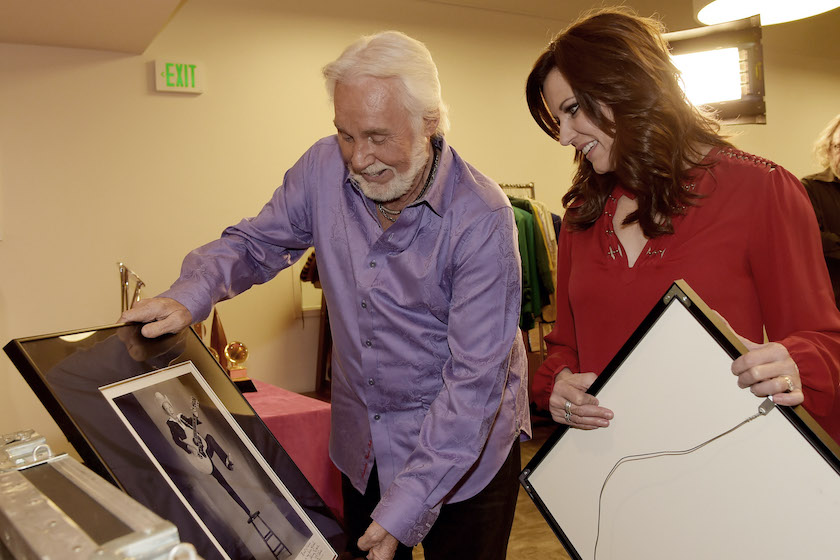
Kenny Rogers Interview With "ET" Special Correspondent Martina McBride at the Country Music Hall of Fame and Museum on July 31, 2014 in Nashville. An exhibit highlighting Kenny Rogers' career will open at The Country Music Hall of Fame and Museum. (Photo by Rick Diamond/Getty Images)
Affording the best possible training (from not just Karsh and Sexton but also portrait photographers George Hurrell and Milton Green) and equipment certainly helped Rogers' cause as a photographer, but by most indications, he was a natural. Per a printed exhibit guide from Booth, Rogers grasped the basics of his latest obsession swiftly at age 27 while visiting a friend in Hackensack, NJ.
"Not used to the bright, colorful fall leaves of the Northeast, Rogers commented to his friend that 'I had never seen anything like that before'," it reads. "His friend handed him a Brownie Hawkeye to record the event and Rogers went out to shoot the landscape. Rather than taking a quick snapshot, Rogers carefully looked for the perfect place to take his image. The breathtaking views and the precision and care he took with his photograph sparked Rogers' interest in photography."
Based on the online presence of Jordan Rogers, one of the 17-year-old twin sons of Rogers and his fifth wife Wanda, such talents didn't skip a generation.
A press release from the Rogers estate adds that it hopes the photographs on display at Booth "will travel to several other important venues in the next few years."
